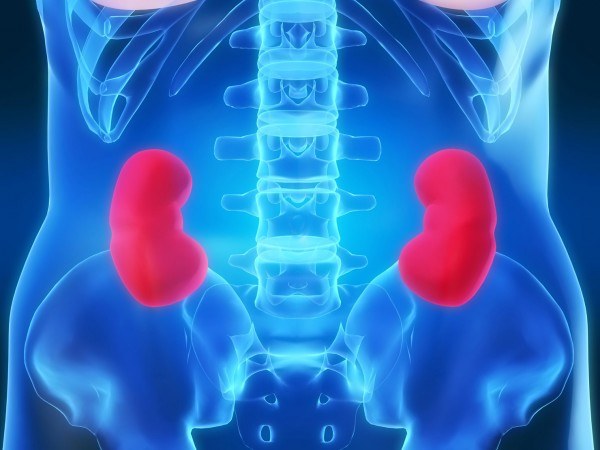Pyelectasis kidney is a pathological extension of the renal pelvis. Is often a symptom of the pathology of the urinary sphere. In newborns it is detected at ultrasound. Sometimes the diagnosis is the fetus in the second trimester of pregnancy. Boys pyelectasis occurs 5 times more often than girls.
This pathology can be unilateral or bilateral. Usually the fetus revealed a right violation. It can appear on the background of genetic differences that result from diseases of the mother during pregnancy, taking certain medicines.
In some cases, the expansion of the pelvis associated with the emergence of obstacles to the outflow of urine. Source narrow urinary tract, improper flow of urine, increased pressure in the organs. Much less the increase in the pelvis is detected in kidney stones when the stone is in the ureter or in the body. In preterm infants, pyelectasis occurs against a background of underdevelopment of the entire genitourinary system. In this case, with the maturation of organs, the disease disappears.
The main problem, which can be caused by this disease is the development of pathological processes in the urogenital system. As a two-way violation most often is physiological, it can pass by the time the child is born. If not, then in the first year of life, doctors carefully monitor the development of the disease to the baby. In this period the functional load on all the organs increases, so the first year is decisive for the manifestation of most vices. If the disease appeared due to the violation of the outflow of urine, when not properly treated, may occur inflammation of the kidney or multiple sclerosis.
With a small pathology need every 3 month baby, regular ultrasound. If joins infectious process, it is assigned a full range of diagnostic procedures, which include radioisotope study of kidney, urography, cystography. Due to this is determined by the degree of violation, the cause of the disease.
As often the disease disappears in the maturation of organs and systems, one observation is sometimes sufficient. In some cases, a nephrologist or urologist appoints conservative methods of influence. Surgical treatment is necessary with the progression of the expansion of the pelvis, loss of kidney function.
Causes of pyeloectasia
This pathology can be unilateral or bilateral. Usually the fetus revealed a right violation. It can appear on the background of genetic differences that result from diseases of the mother during pregnancy, taking certain medicines.
In some cases, the expansion of the pelvis associated with the emergence of obstacles to the outflow of urine. Source narrow urinary tract, improper flow of urine, increased pressure in the organs. Much less the increase in the pelvis is detected in kidney stones when the stone is in the ureter or in the body. In preterm infants, pyelectasis occurs against a background of underdevelopment of the entire genitourinary system. In this case, with the maturation of organs, the disease disappears.
The danger of the disease
The main problem, which can be caused by this disease is the development of pathological processes in the urogenital system. As a two-way violation most often is physiological, it can pass by the time the child is born. If not, then in the first year of life, doctors carefully monitor the development of the disease to the baby. In this period the functional load on all the organs increases, so the first year is decisive for the manifestation of most vices. If the disease appeared due to the violation of the outflow of urine, when not properly treated, may occur inflammation of the kidney or multiple sclerosis.
Diagnosis of pyeloectasia
With a small pathology need every 3 month baby, regular ultrasound. If joins infectious process, it is assigned a full range of diagnostic procedures, which include radioisotope study of kidney, urography, cystography. Due to this is determined by the degree of violation, the cause of the disease.
Treatment of pyeloectasia
As often the disease disappears in the maturation of organs and systems, one observation is sometimes sufficient. In some cases, a nephrologist or urologist appoints conservative methods of influence. Surgical treatment is necessary with the progression of the expansion of the pelvis, loss of kidney function.



